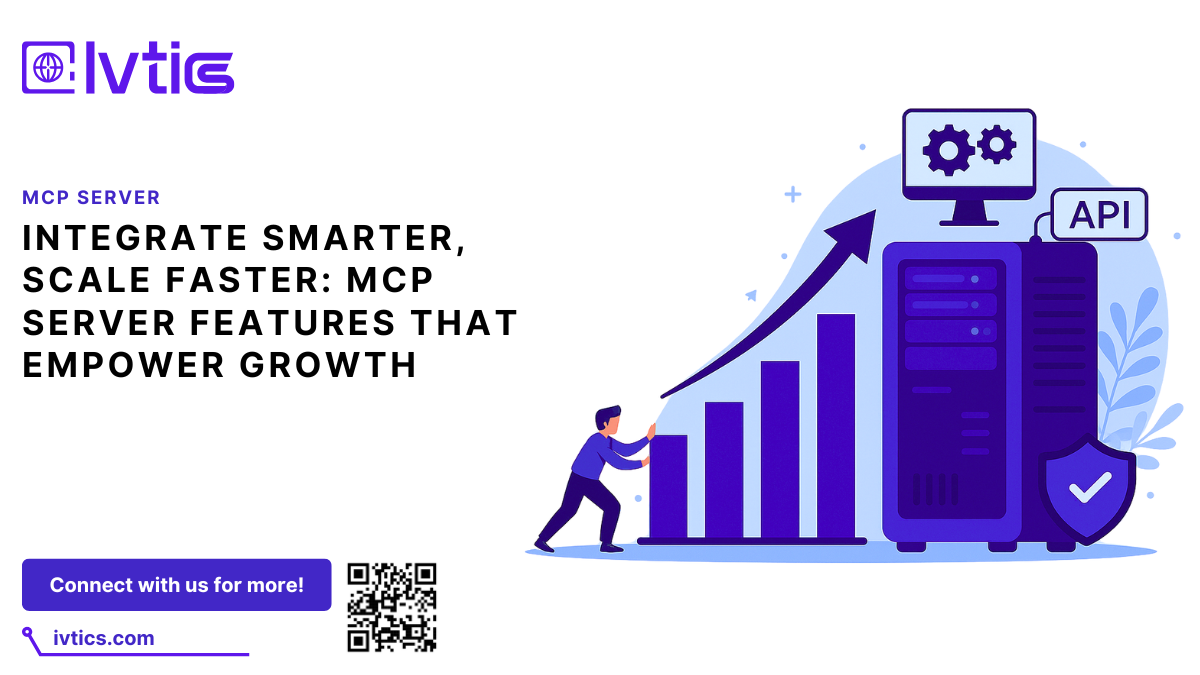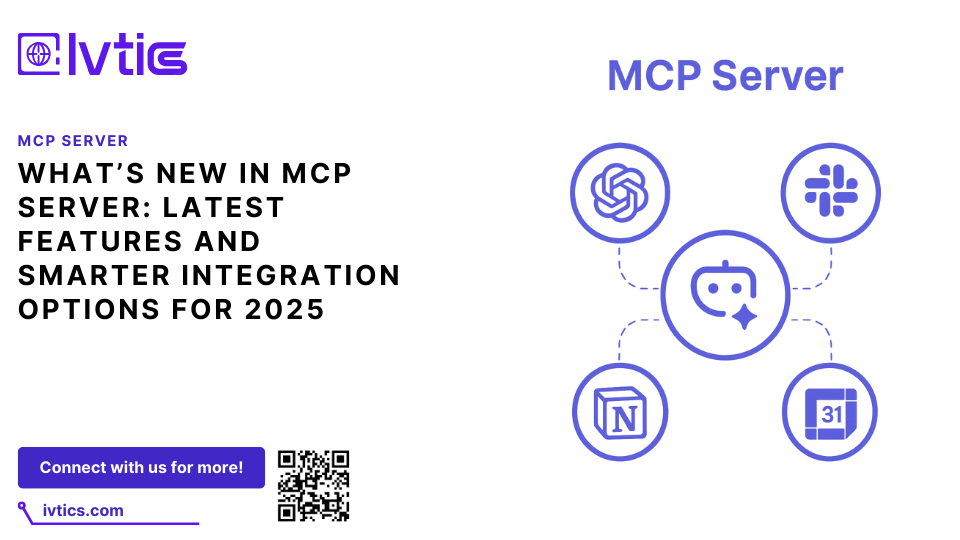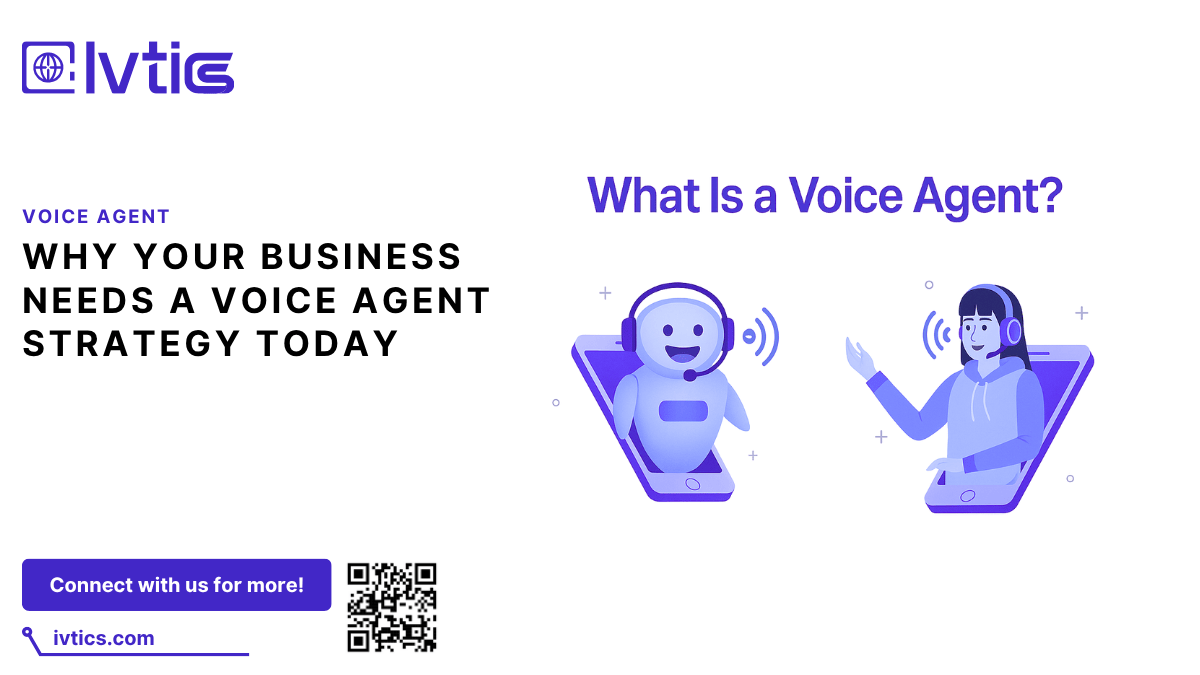There is a sense of dread associated with the phrase “legacy application” for many organizations. It conjures images of clunky green screens, fragile codebases, and systems that are expensive to maintain and difficult to change. They are often seen as anchors, dragging down innovation and agility in a fast-paced digital world.
But what if we reframed the narrative? Can these systems, containing decades of data and logic, serve as growth engines instead of anchors? The key lies not in a painful and costly “rip-and-replace” project, but in a strategic approach to application modernization. This process unlocks the immense value trapped within your legacy systems, transforming them into powerful drivers of efficiency, customer experience, and new revenue streams.
Why Legacy Systems Are Actually Hidden Treasures
Before you consider decommissioning that old workhorse, understand its inherent value. These systems are often the bedrock of your company’s operations.
- Deep Business Logic: They contain irreplaceable, hard-coded rules and processes that have been refined over years of operation.
- Critical Data Repositories: They house a goldmine of historical operational, financial, and customer data.
- Proven Stability: For all their flaws, they often perform core functions with a known and reliable stability.
The challenge isn’t the system itself, but its isolation and inability to communicate with modern tools. The goal of legacy system integration is to connect this treasure trove to the modern world.
The Strategic Path to Modernization: A Practical Framework
Transforming a legacy monolith doesn’t happen overnight. It requires a phased, strategic approach. Here are the most effective pathways to consider:
-
Rehost (Lift-and-Shift)
Using this approach, you move your application to a modern cloud infrastructure (such as AWS, Azure, or Google Cloud) without having to change its code. It’s a quick way to reduce hardware costs and improve scalability, serving as an excellent first step in your digital transformation journey.
-
Refactor (Re-architect)
This process restructures and optimizes existing code without affecting its external behavior. In the future, it will be easier to maintain and update, as well as improve performance and efficiency. This is often a precursor to more advanced strategies.
-
Rearchitect (Lift, Tinker, and Shift)
This is a more significant change. You modify the application’s architecture to leverage cloud-native features like microservices, serverless functions, and containers (e.g., Docker, Kubernetes). This breaks the monolith into independent, scalable services, dramatically increasing agility.
-
Rebuild & Replace
Sometimes, the existing technology is too obsolete. In this case, you rebuild the application from the ground up or replace it with a modern commercial off-the-shelf (COTS) solution. This is the most expensive and time-consuming option but may be necessary for extreme cases.
Unleashing Growth: The Tangible Benefits of Modernization
When you successfully modernize, you move from maintaining a cost center to powering a growth engine. The benefits are profound:
-
Enhanced Customer Experience (CX)
Modernized applications can be integrated with modern UI/UX frameworks. You can build beautiful, responsive customer-facing portals that pull data seamlessly from your legacy backend, offering customers the sleek experience they demand without disrupting core operations.
-
Unleashing Data-Driven Innovation
By using APIs to unlock your legacy data, you can connect it to modern analytics platforms, Business Intelligence (BI) tools, and AI/ML models. This allows you to gain unprecedented insights from historical data, predict trends, and make smarter business decisions.
-
Improved Operational Efficiency & Agility
Cloud migration and a microservices architecture reduce infrastructure costs and free your development teams from maintenance nightmares. They can innovate faster, release new features more frequently, and respond to market changes with confidence, turning your IT department from a cost center into a value creator.
-
Opening New Revenue Channels
A modernized, API-enabled system allows you to monetize your capabilities. You can create new revenue streams by offering partners and third parties secure access to your services or data via APIs, effectively turning your internal application into a platform for innovation.
Getting Started: Your First Steps Toward Transformation
The journey can seem daunting. Begin here:
- Inventory & Assess: Catalog your legacy applications and evaluate them based on business criticality, technical debt, and modernization complexity.
- Define Clear Goals: Are you aiming for cost reduction, improved scalability, better security, or faster innovation? Your goal will dictate your strategy.
- Start Small: Choose a non-critical but valuable process to modernize first. This creates a proof-of-concept, builds momentum, and proves ROI without betting the entire business.
- Partner with Experts: Engaging with a technology partner experienced in application modernization can help you navigate the complexities and avoid common pitfalls.
Ready to Power Your Future with Your Past?
Your legacy applications are not dead weight. They are a foundation of institutional knowledge and operational integrity. By embracing a strategic modernization plan, you can shed their limitations and harness their power. The result is a more agile, efficient, and innovative organization poised for growth in the digital age.
Ready to unlock the potential of your legacy systems? In addition to delivering real business results, our team of experts is dedicated to crafting tailored modernization strategies. Contact us today for a free, no-obligation technical assessment and start your journey from legacy burden to growth engine.
Insights
Related Blogs
Explore the latest insights in Development, Software, and
Technology. Stay ahead with our expert tips and industry trends.





